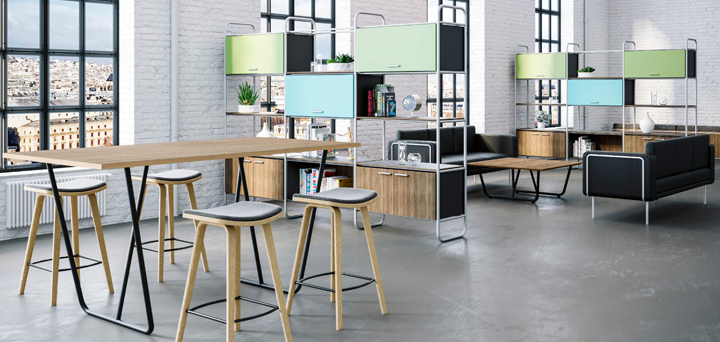In the realm of office design, the selection of furniture plays a pivotal role in shaping the atmosphere and functionality of the workspace. The decision between standard and commercial-grade furniture isn’t merely a matter of aesthetics; it’s a strategic investment with far-reaching implications for productivity, comfort, and the overall success of a business. Commercial furniture in Australia holds particular significance, given its impact on creating an ergonomic and efficient office environment tailored to local needs and standards.
Understanding Commercial-Grade Furniture
Commercial-grade furniture is purpose-built for the demands of high-traffic environments like offices, retail spaces, and hospitality venues. Engineered with durability, functionality, and longevity in mind, these pieces are constructed using robust materials and superior craftsmanship, ensuring they withstand the rigors of daily use.
Factors Influencing Furniture Selection
The choice between commercial-grade and standard furniture often involves several key considerations:
Durability: Commercial-grade furniture, reinforced with high-quality materials, outlasts standard pieces by a considerable margin. Its resilience against wear and tear ensures longevity, reducing replacement costs over time.
Comfort and Ergonomics: Offices are where employees spend a significant portion of their day. Investing in ergonomically designed chairs and desks not only enhances comfort but also promotes better posture, reducing the risk of musculoskeletal issues among employees.
Aesthetic Appeal: While functionality remains paramount, the aesthetic appeal of furniture contributes significantly to the overall ambiance of the office. Commercial-grade furniture offers a blend of durability and style, elevating the workspace’s visual appeal without compromising on functionality.
Maintenance and Long-Term Costs: Although the initial investment in commercial-grade furniture may seem higher, the long-term cost-effectiveness often outweighs the cheaper alternatives. Their sturdiness reduces the need for frequent repairs or replacements, resulting in substantial savings in the long run.
Impact on Employee Productivity and Well-being
The office environment profoundly influences employee productivity and well-being. Comfortable and well-designed furniture fosters a conducive atmosphere for concentration, creativity, and collaboration. Conversely, substandard furniture may lead to discomfort, distractions, and decreased productivity among employees.
Striking the Right Balance
While the benefits of commercial-grade furniture are evident, the budget constraints of businesses can’t be ignored. Striking a balance between quality and cost-effectiveness is crucial. Investing in key pieces like ergonomic chairs, durable desks, and functional storage solutions while complementing them with more cost-efficient options where possible can be a prudent approach.
Conclusion
In the grand scheme of office design, the significance of furniture specifically, the choice between commercial-grade and standard cannot be overstated. It directly impacts the productivity, comfort, and overall atmosphere of the workspace. While commercial-grade furniture presents a higher initial investment, its durability, functionality, and long-term cost-effectiveness make it a prudent choice for businesses aiming to create conducive, efficient, and aesthetically pleasing work environments.
Understanding the nuanced advantages and considering the specific needs of the office space are pivotal in making an informed decision that aligns with both the budget and the desired outcomes. Ultimately, investing in quality furniture sets the foundation for a workspace that not only meets but exceeds the expectations of its occupants, fostering a culture of productivity, creativity, and well-being.

